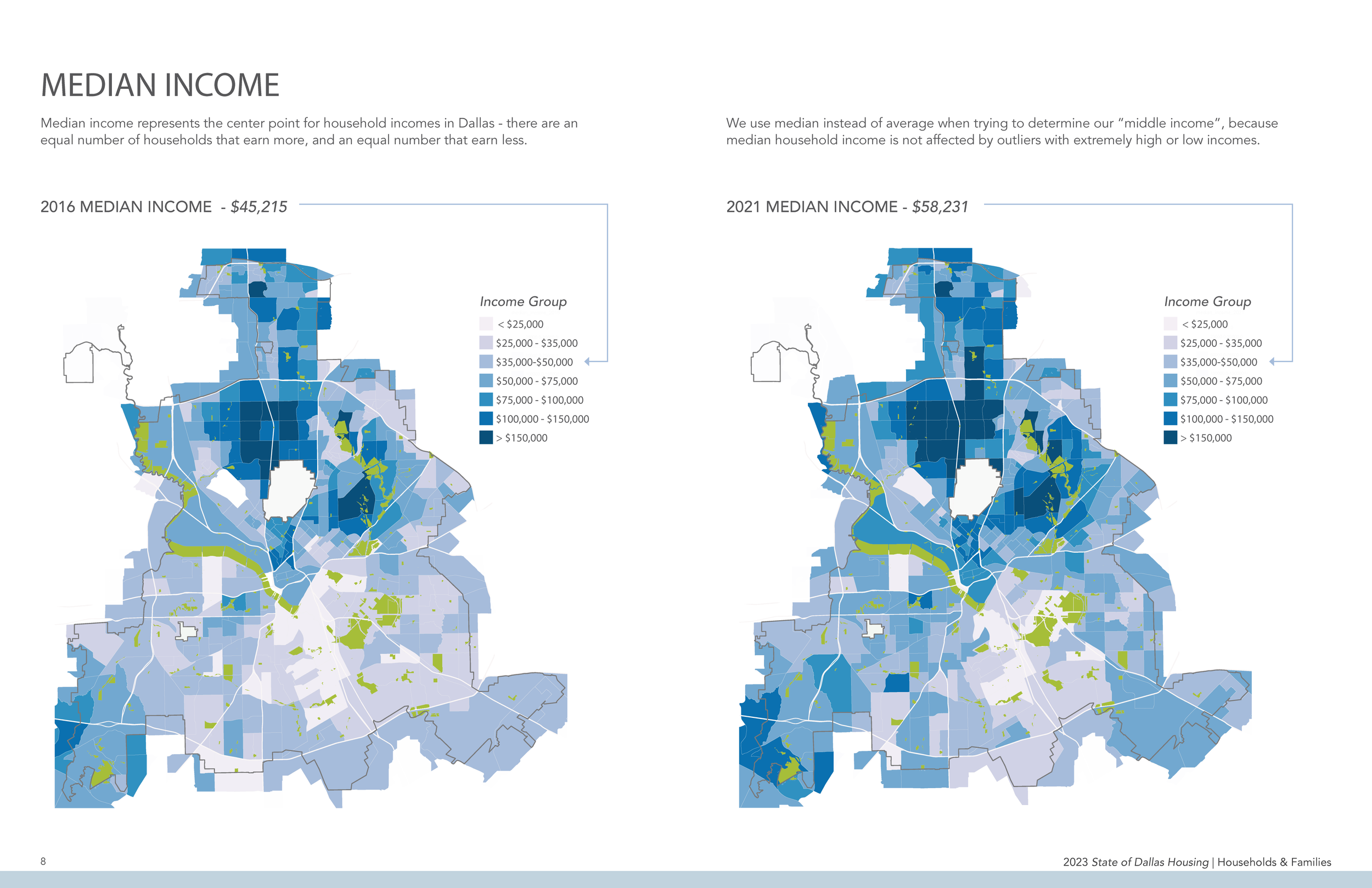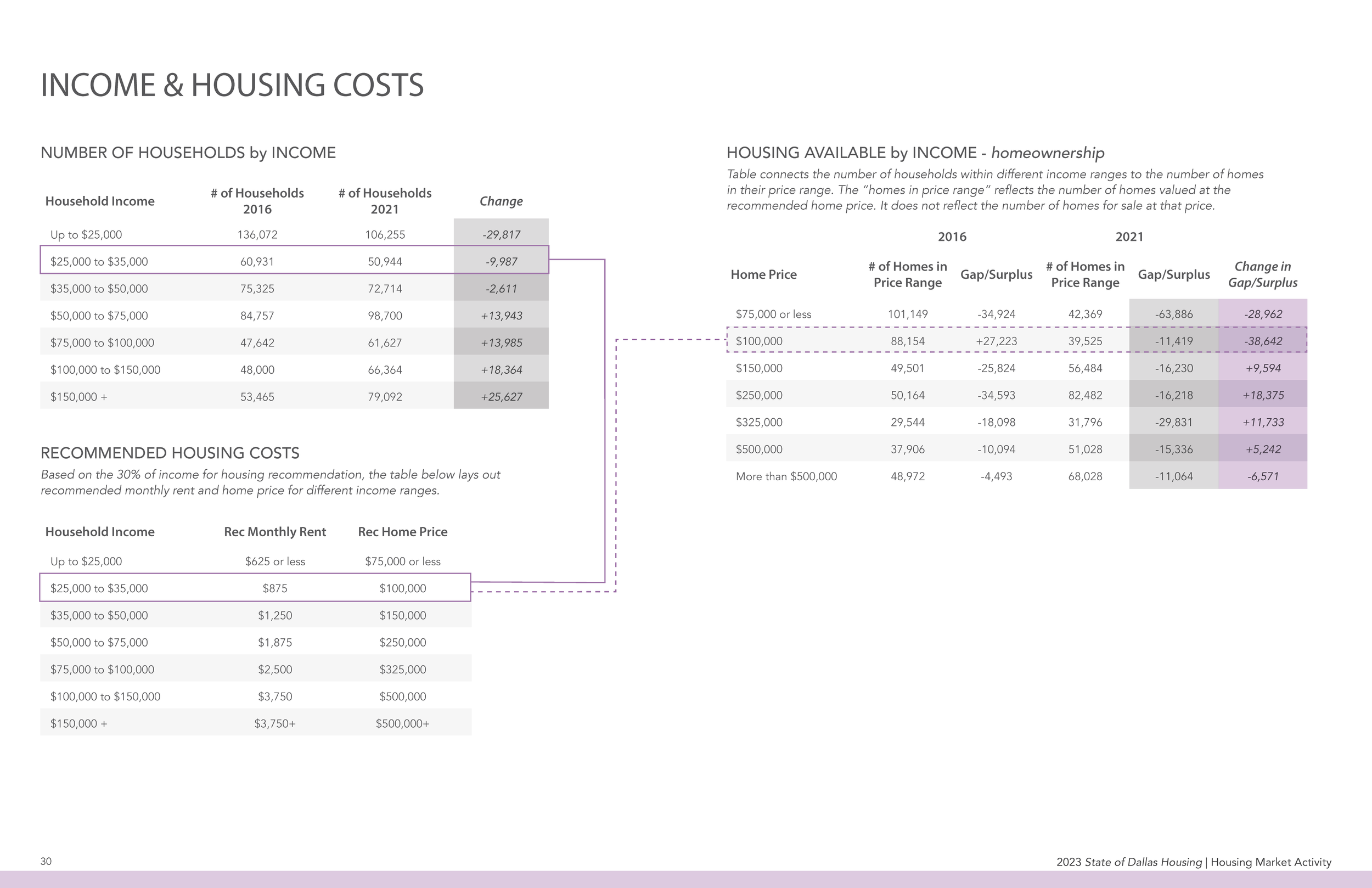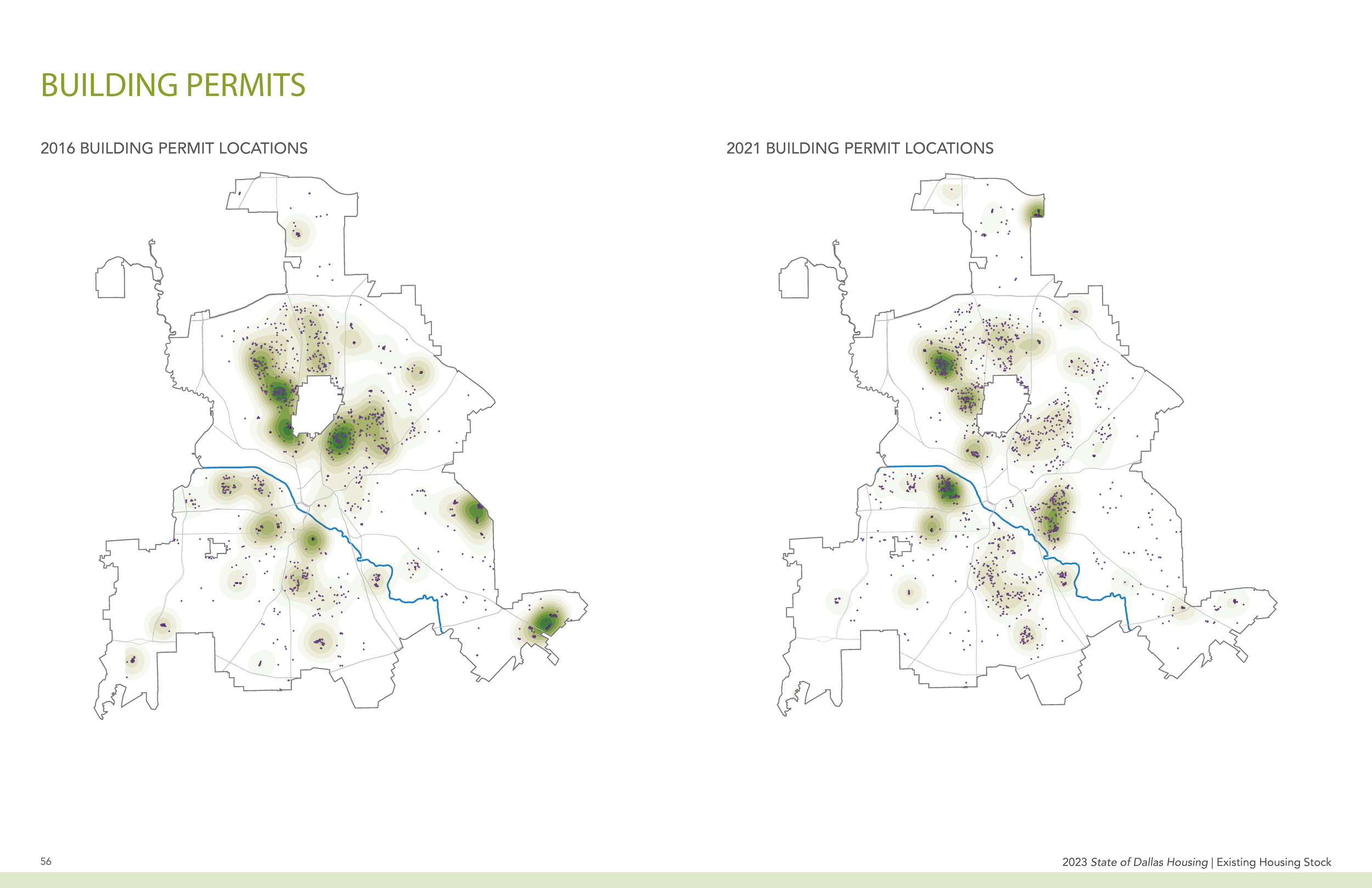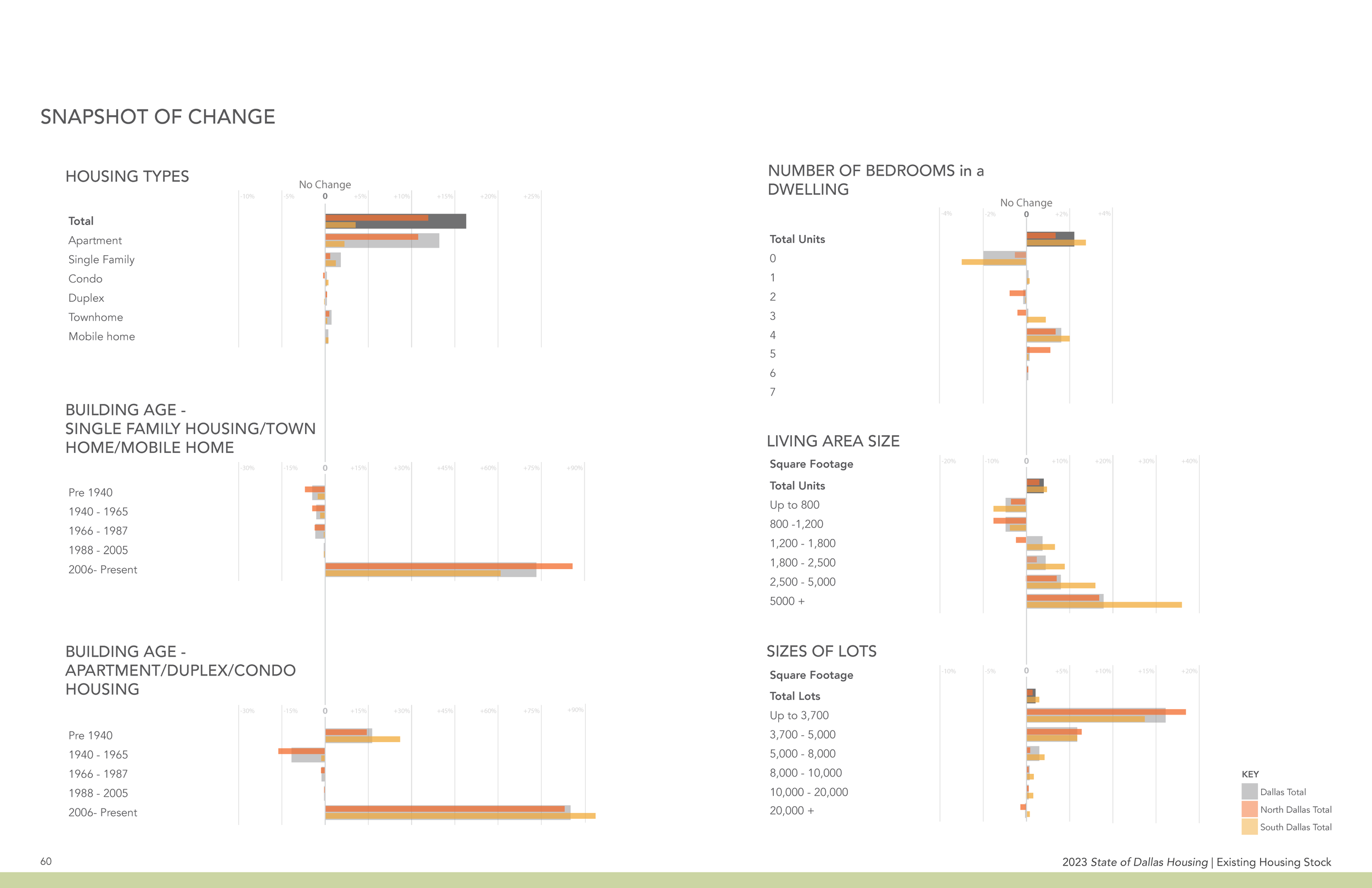Healthy, viable communities rely on strong interpersonal ties at the neighborhood level—and the preservation of affordable housing is crucial to this equation. With that in mind, we are excited to announce a partnership between buildingcommunityWORKSHOP and the City of Houston focused on creating affordable single family homes for sale using lots available from the Houston Land Bank.
Building off of our work with the Disaster Recovery Round 2 (DR2) program, [bc] is partnering with the City to design 18 new, single-family homes in the Acres Homes neighborhood. Through DR2, we had the opportunity to work with local designers in developing a Community Engagement process to set contextual and programmatic design preferences for the targeted neighborhoods and to produce informed schematic home designs, including floor plans and elevations. Taking into consideration lessons learned from our affordable housing projects and the recent changes to the floodplain ordinance in Houston, [bc] worked to adapt the designs to pier and beam foundation as well as to increase their spatial efficiencies. These home designs are based on the feedback received during the DR2 engagement process, individual design meetings with over 300 households, and our recent participation in the Acres Home neighborhood design charrette through the Complete Communities initiative.
A Unique Approach to Housing Affordability
By building on lots owned by the Houston Land Bank, this program establishes a long-term strategy for affordability in the Acres Homes neighborhood. The Houston Land Bank relies on the use of strategic relationships between developers, builders, community organizations, and other stakeholders to stimulate the revitalization of vacant, abandoned, and/or tax foreclosed properties.
Why New Home Development?
The City of Houston’s New Home Development Program concentrates on bringing infill homes built on vacant lots, adding options for healthy affordable housing that increase neighbor proximity and give more families the opportunity to become first-time homebuyers.
Building new homes increases a community’s physical assets, encouraging future development and investment. Furthermore, partnerships between home designers, builders, and community organizations engaged in community revitalization are strengthened when the affordable housing stock is developed.
Here’s the Master Plan for Acres Homes:
![[bc]](http://images.squarespace-cdn.com/content/v1/5248ebd5e4b0240948a6ceff/1412268209242-TTW0GOFNZPDW9PV7QFXD/bcW_square+big.jpg?format=1000w)











